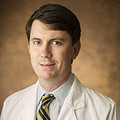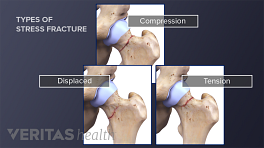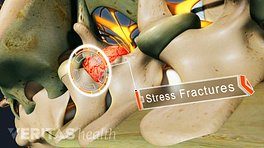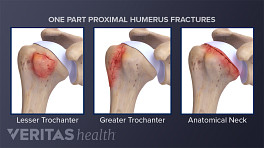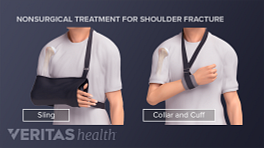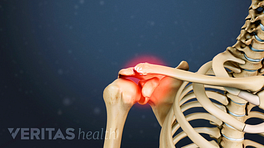Experts estimate 80 to 95% of people with a scapula (shoulder blade) fracture have additional injuries. 1 Greiwe RM. Shoulder and Elbow Trauma and its Complications Volume 1: The Shoulder. Cambridge, UK: Woodhead Publishing; 2015. Examples include:
- Rib fractures
- Collapsed lung
- Bruised lung
- Injury to the brachial plexus (a series of nerves based in the neck and shoulder)
- Clavicle fracture
- Head or spine injury
See The 3 Types of Shoulder Fractures
A scapular fracture diagnosis may be delayed because injuries that occurred with the scapula fracture may be serious and require immediate medical attention.
In This Article:
- A Broken Shoulder: Scapula Fracture
- Diagnosing a Scapula Fracture
- Treating a Scapula Fracture
The physical examination
The physician will try conducting a thorough physical examination. However, this is not always possible given the potentially serious injuries that typically occur with a scapular fracture.
If an examination is conducted, the physician may attempt to do the following:
- Evaluate the skin to detect any open fractures (bones that have pierced the skin).
- Note areas of tenderness, swelling, ecchymosis (discoloration of the skin), and crepitus (a grinding sensation).
- Consider shoulder positioning and range of motion, which will be limited if any exists at all.
- Look for other injuries.
- Palpate (touch) the chest wall and clavicle (collarbone).
Whether or not a physical examination is conducted, the physician aims to get images of the chest and injured shoulder. The chest wall could be involved in a scapular fracture, since it protects the shoulder blade.
Images for a scapular fracture
In order to establish the location and extent of injury, the following imaging tests may be ordered:
- X-rays of the shoulder and chest
- CT scan of the midsection and chest
- CT scan of the shoulder itself
A neurovascular examination is recommended upon diagnosis to ensure nerves or arteries were not injured when the fracture occurred. It is also recommended to test and compare the pulse in both arms.
- 1 Greiwe RM. Shoulder and Elbow Trauma and its Complications Volume 1: The Shoulder. Cambridge, UK: Woodhead Publishing; 2015.
